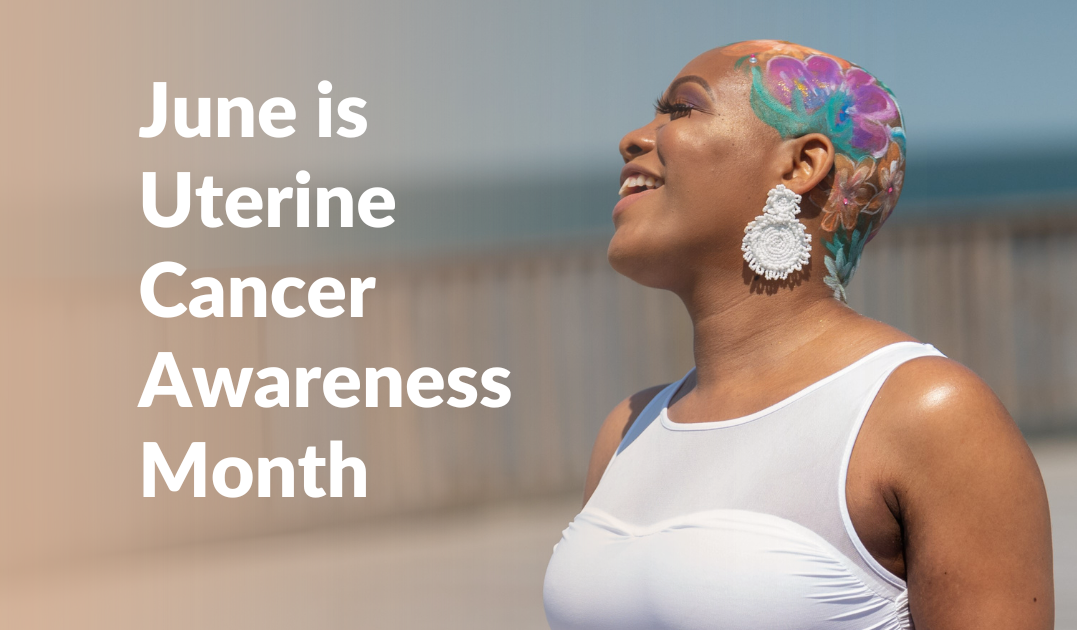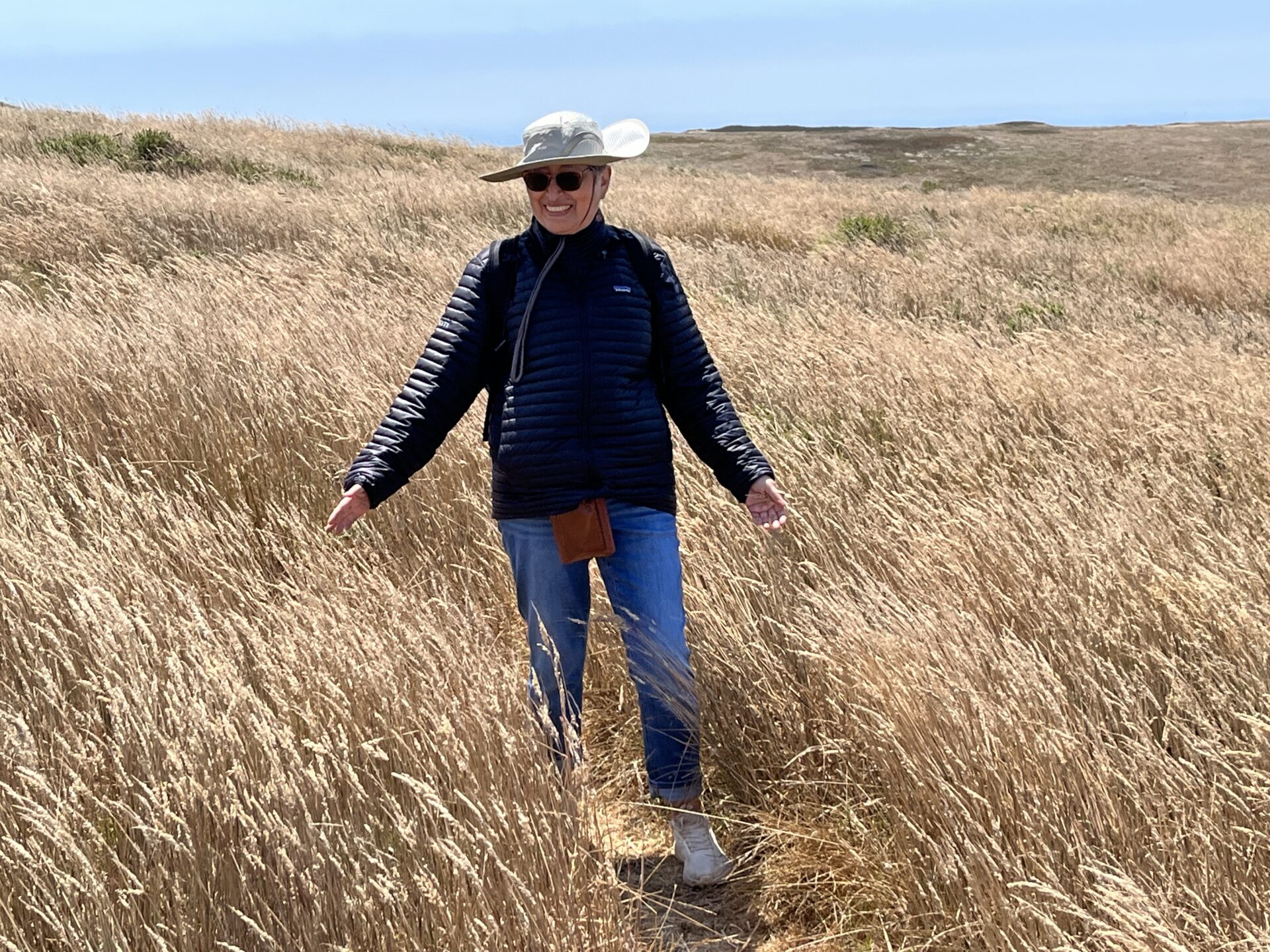Lindsay Avner founded Bright Pink in 2007, shortly after she learned that she carried a mutation in the BRCA gene. Just 22 years old when she was tested, Lindsay realized that she had nowhere to turn for advice on coping with her increased risk of breast and ovarian cancer. “There was nothing for women who were young and at high risk,” says Mary Kate Fitzgerald, Programs and Outreach Manager for Bright Pink.
The organization started as a website but has since grown to include ten staff, as well as ambassadors around the country who help spread the word. Today Bright Pink focuses primarily on education and support programs for young women.
“Our educational programs are for all young women, regardless of your risk status,” says Mary Kate. A key tool is Bright Pink’s Little Bright Books—educational guides that present information on breast and ovarian cancer risk in easy-to-understand language. There are Little Bright Books for specific groups, including African American, Latina and lesbian women, with books for Jewish women in the works.
Bright Pink also educates women through one-hour workshops on breast and ovarian health, which include tangible steps women can take to determine their risk or take preventive steps. “We often partner with sororities or existing community organizations, places where there are already groups of young women,” notes Mary Kate. Bright Pink recently revamped its website, another source of information for young women.
Some of Bright Pink’s resources are specifically for high risk women, including a section of the website where women can contact a genetic counselor. “Women can ask an anonymous question about their risk status and a genetic counselor responds for free,” explains Mary Kate. Other resources for high risk women include a guide to questions women can ask their doctors to design a proactive health plan.
Bright Pink also offers one-on-one peer support for high risk women through PinkPal®. The program matches a woman at high risk of breast or ovarian cancer with a mentor who has gone through a similar experience. Bright Pink is currently searching for PinkPal mentors—women ages 18-45—for their ovarian program.
Since Bright Pink focuses on younger women, they created a different kind of support group that pairs a fun activity—like a spin class—with a facilitated discussion about what it means to be high risk. “You get to know each other in the first hour,” says Mary Kate, “Then have the discussion—which is definitely more open once you’ve done something fun together.”
Bright Pink values its Partner Member relationship with the Ovarian Cancer National Alliance. “You guys are like our big sister within the advocacy world, giving us advice on how to expand in advocacy and research,” says Mary Kate. “Our partnership helps us make sure our girls are getting the best and most recent news about ovarian cancer.”


